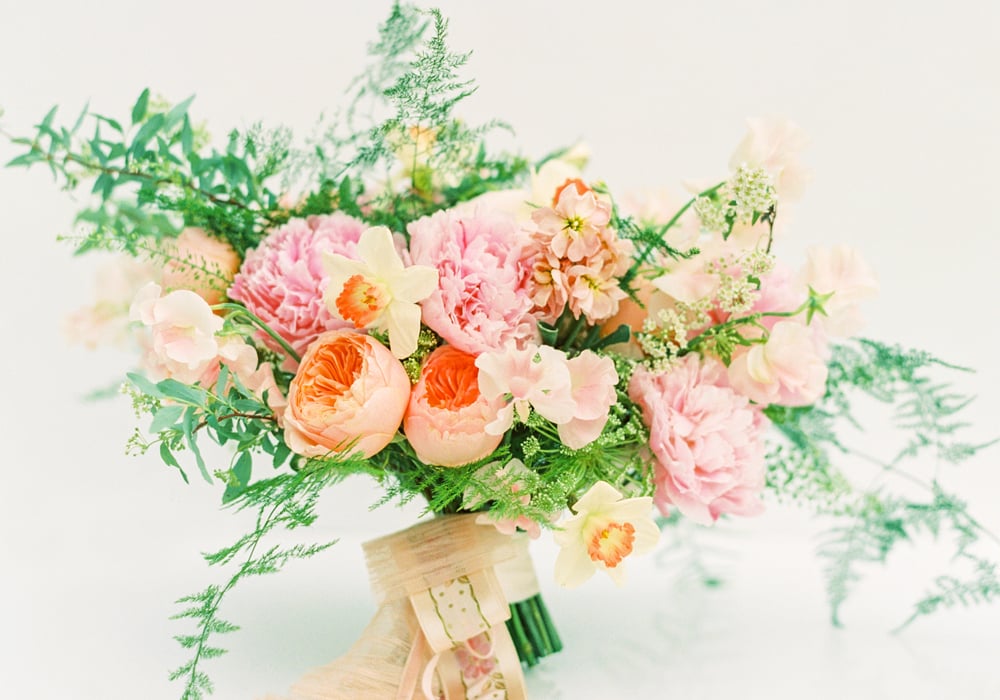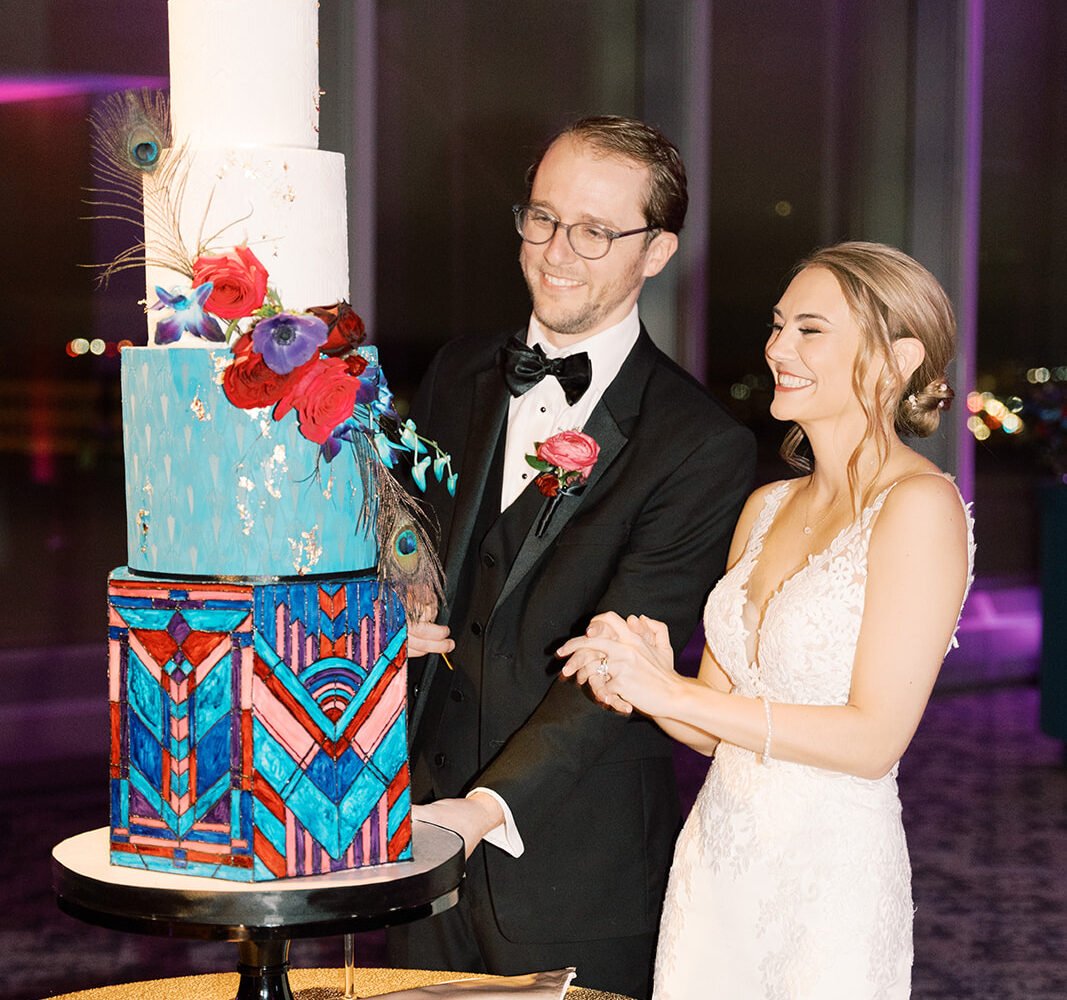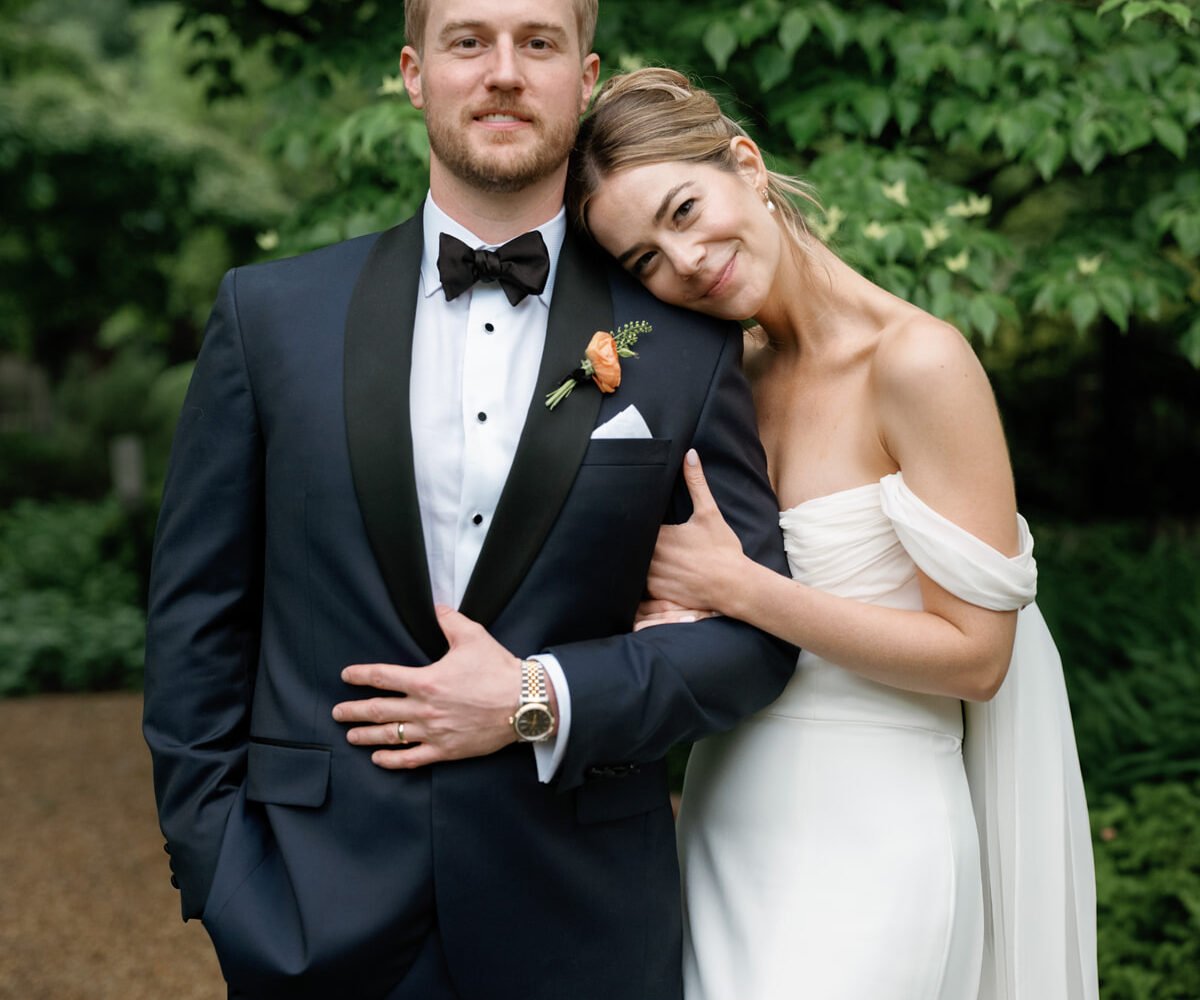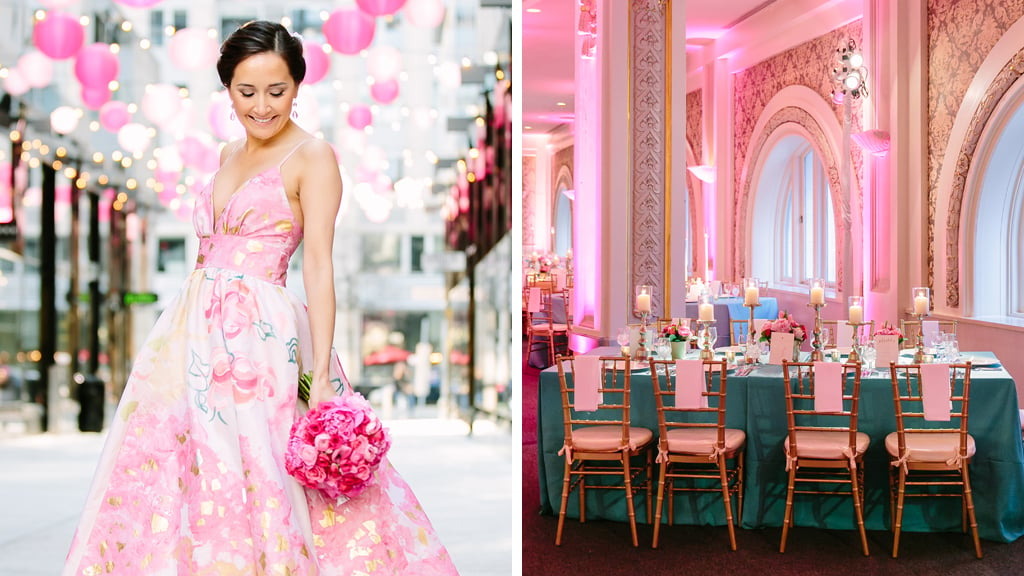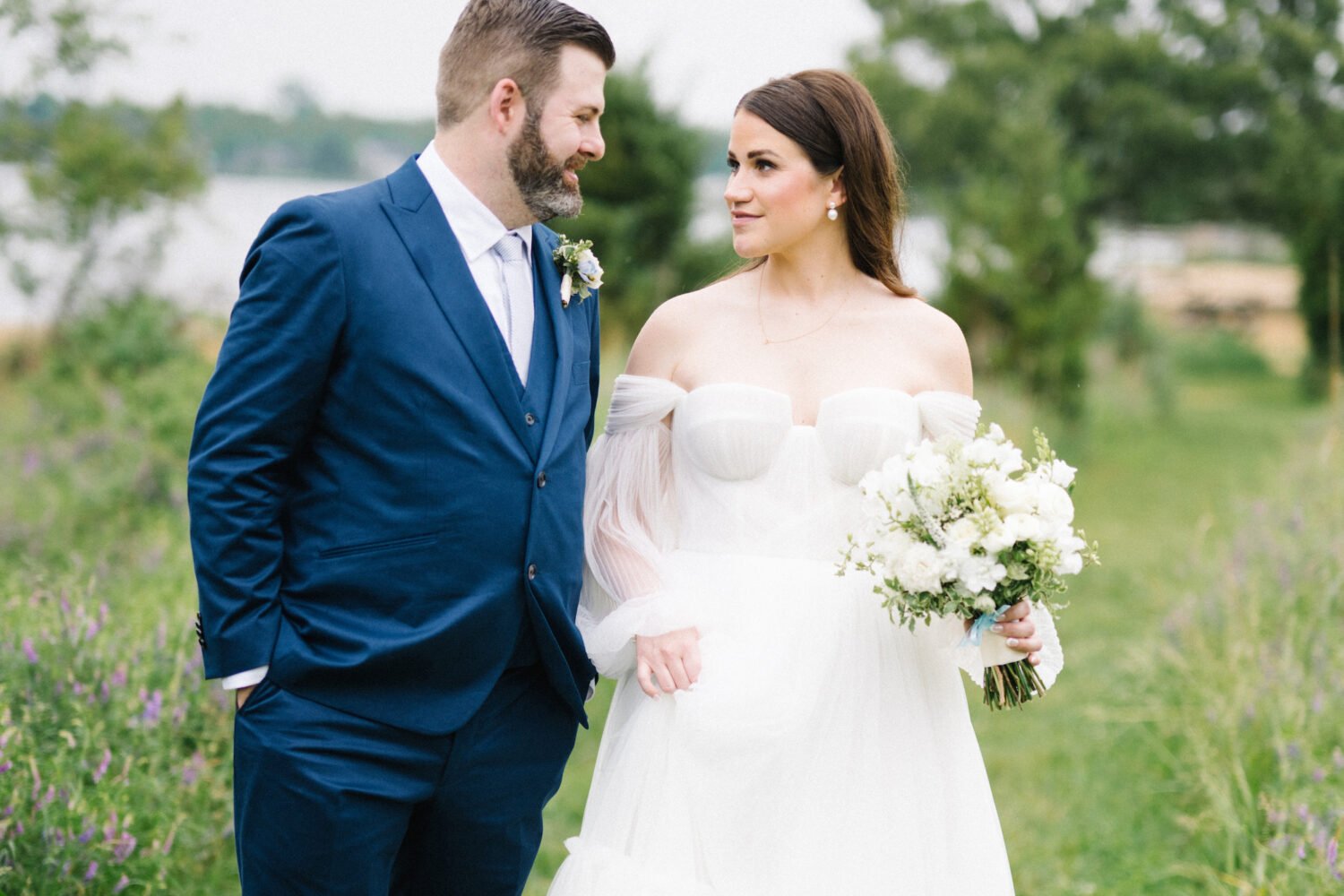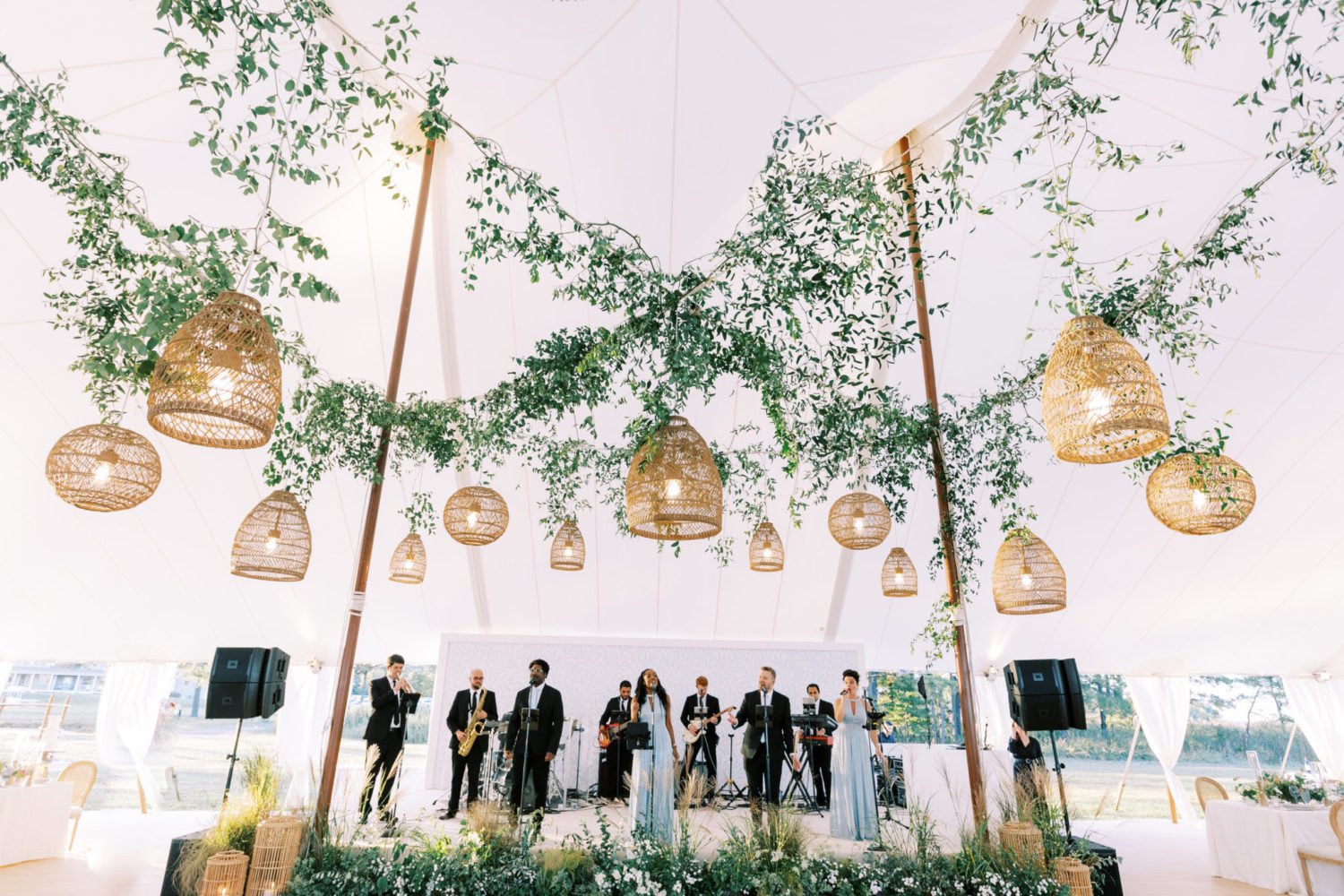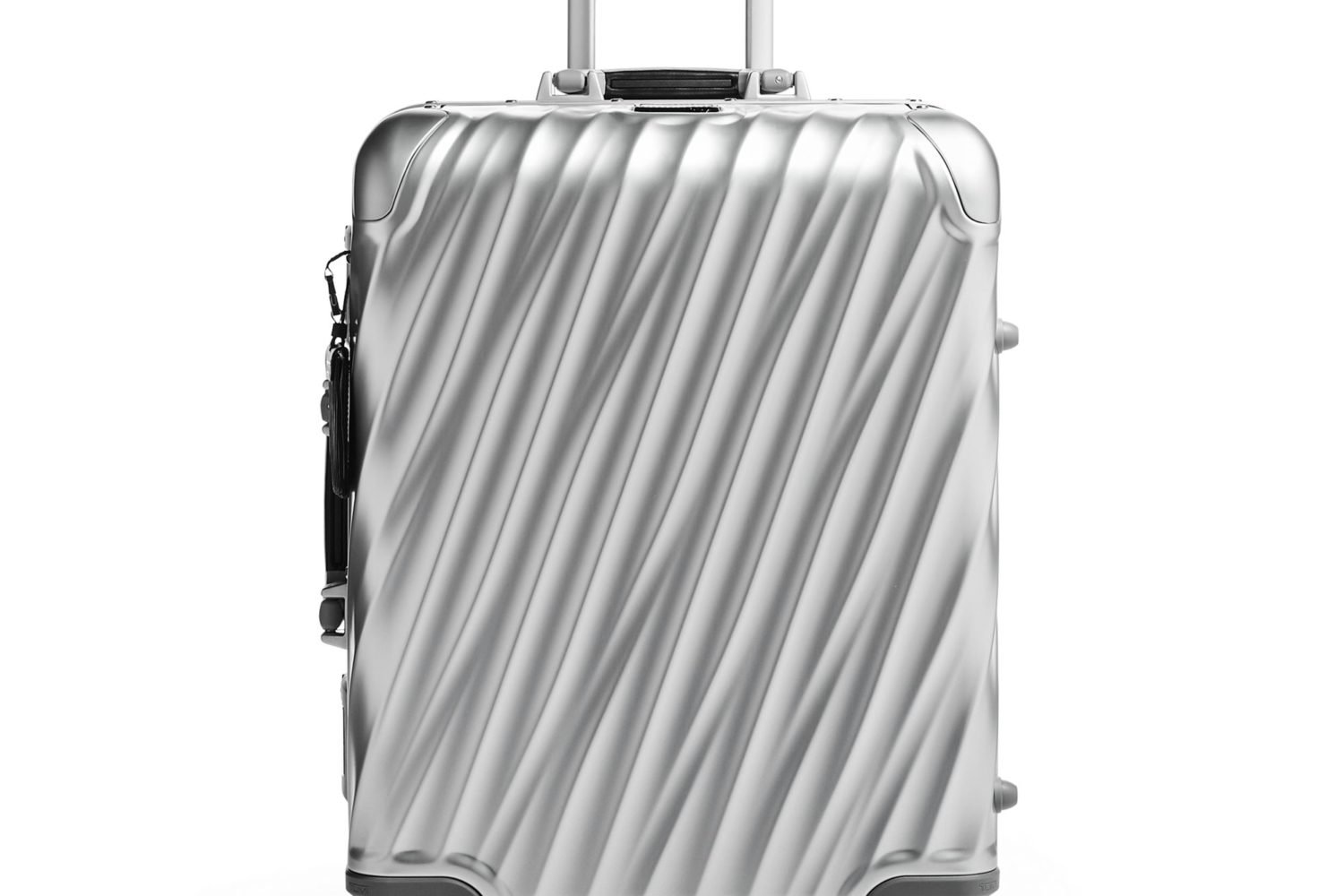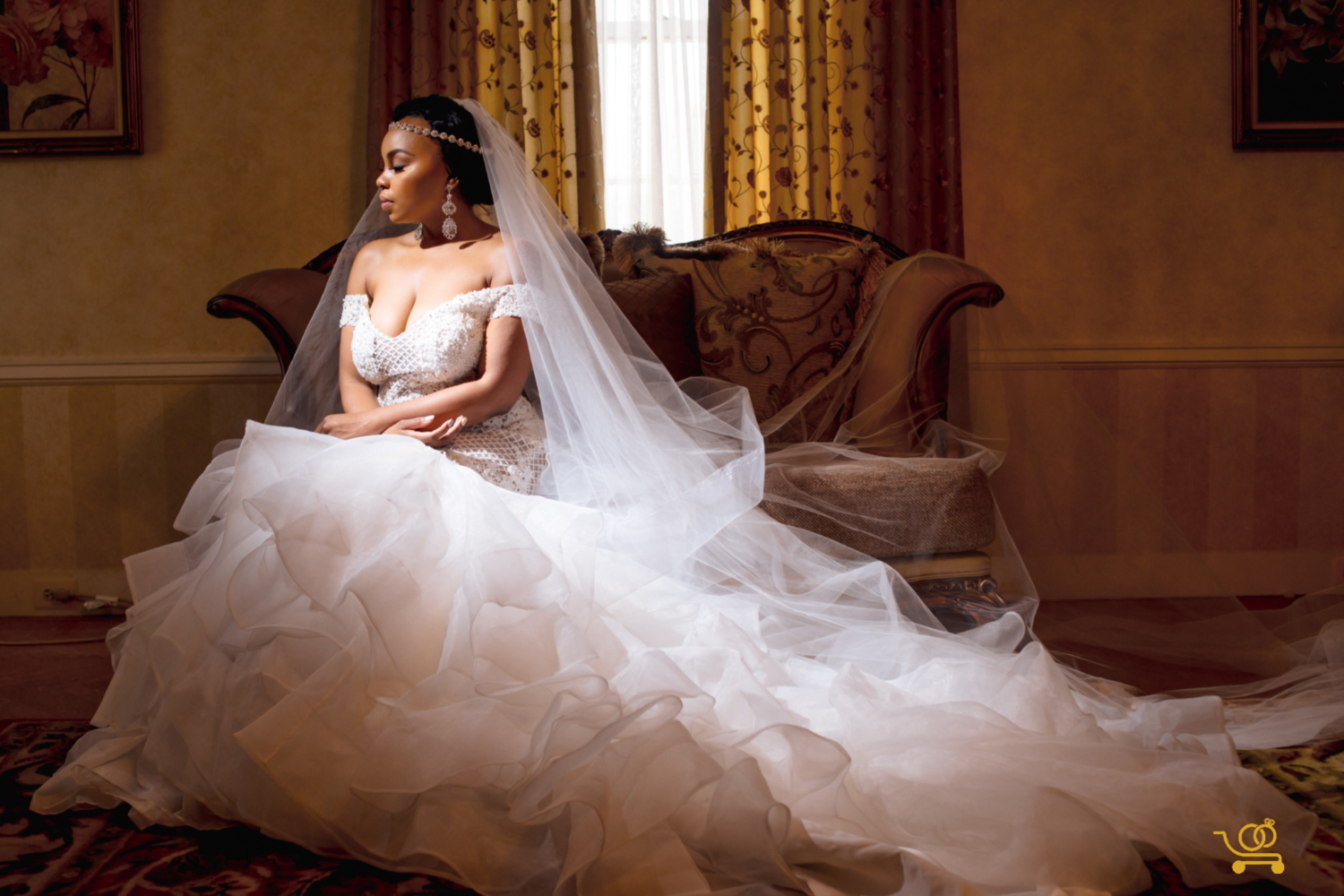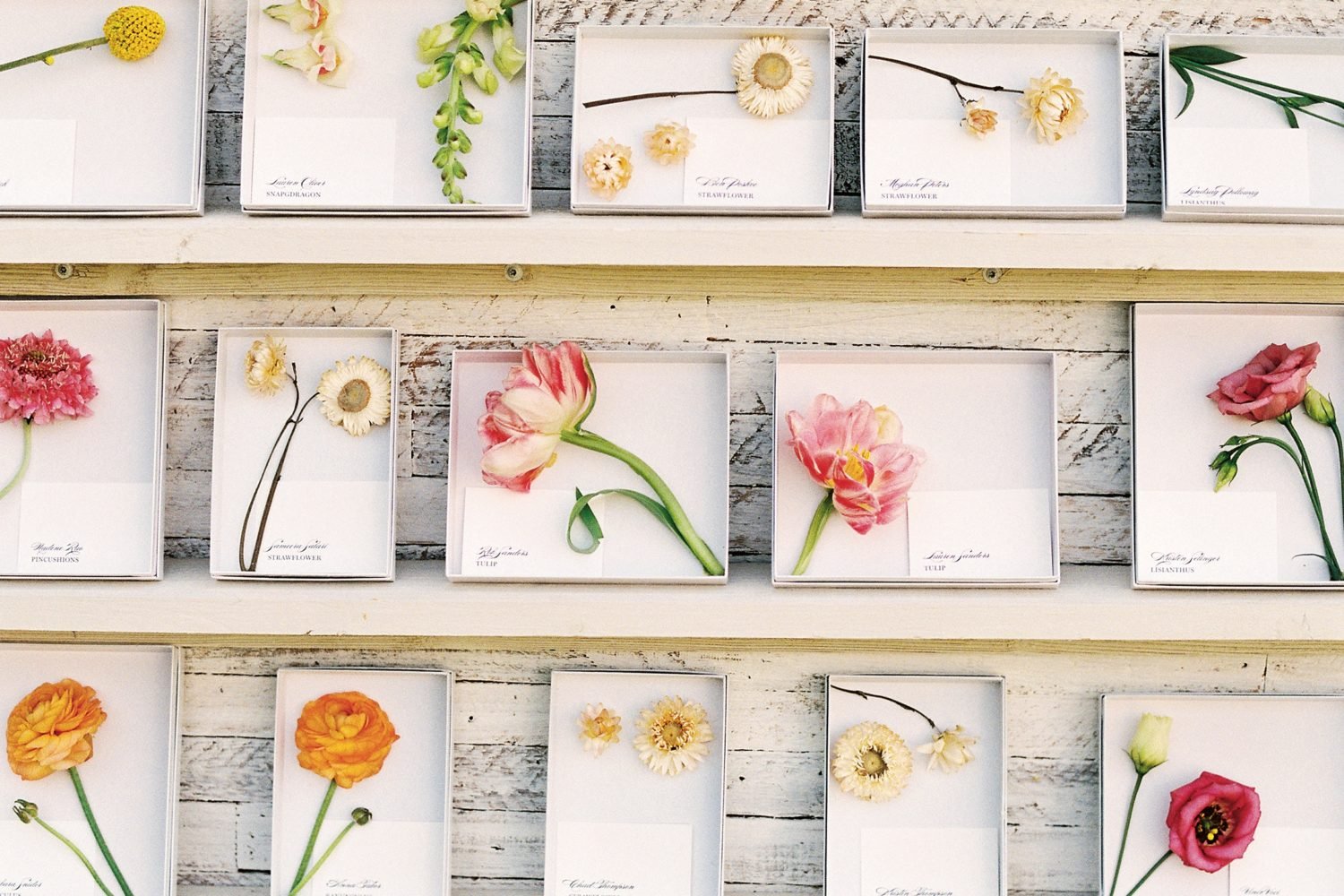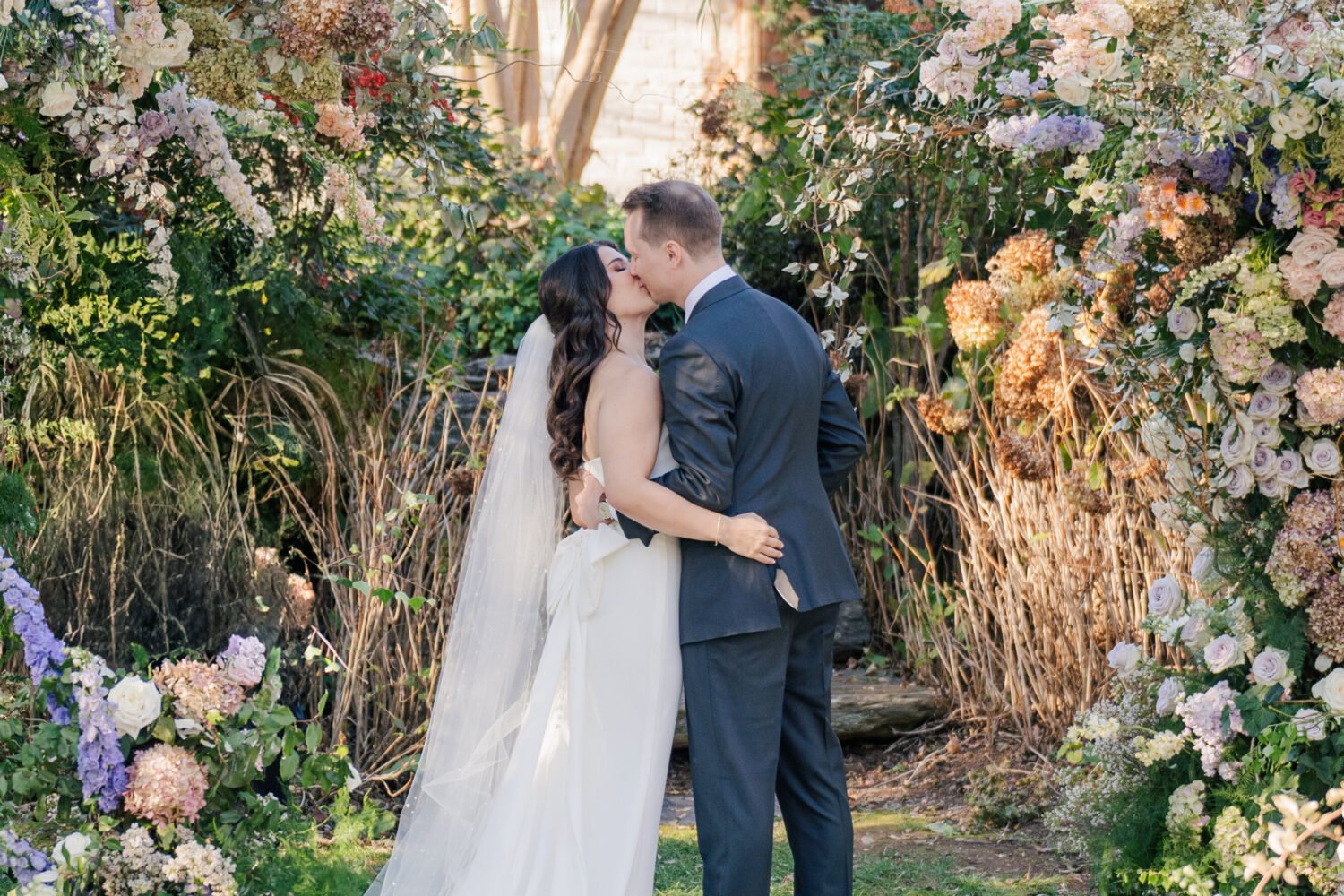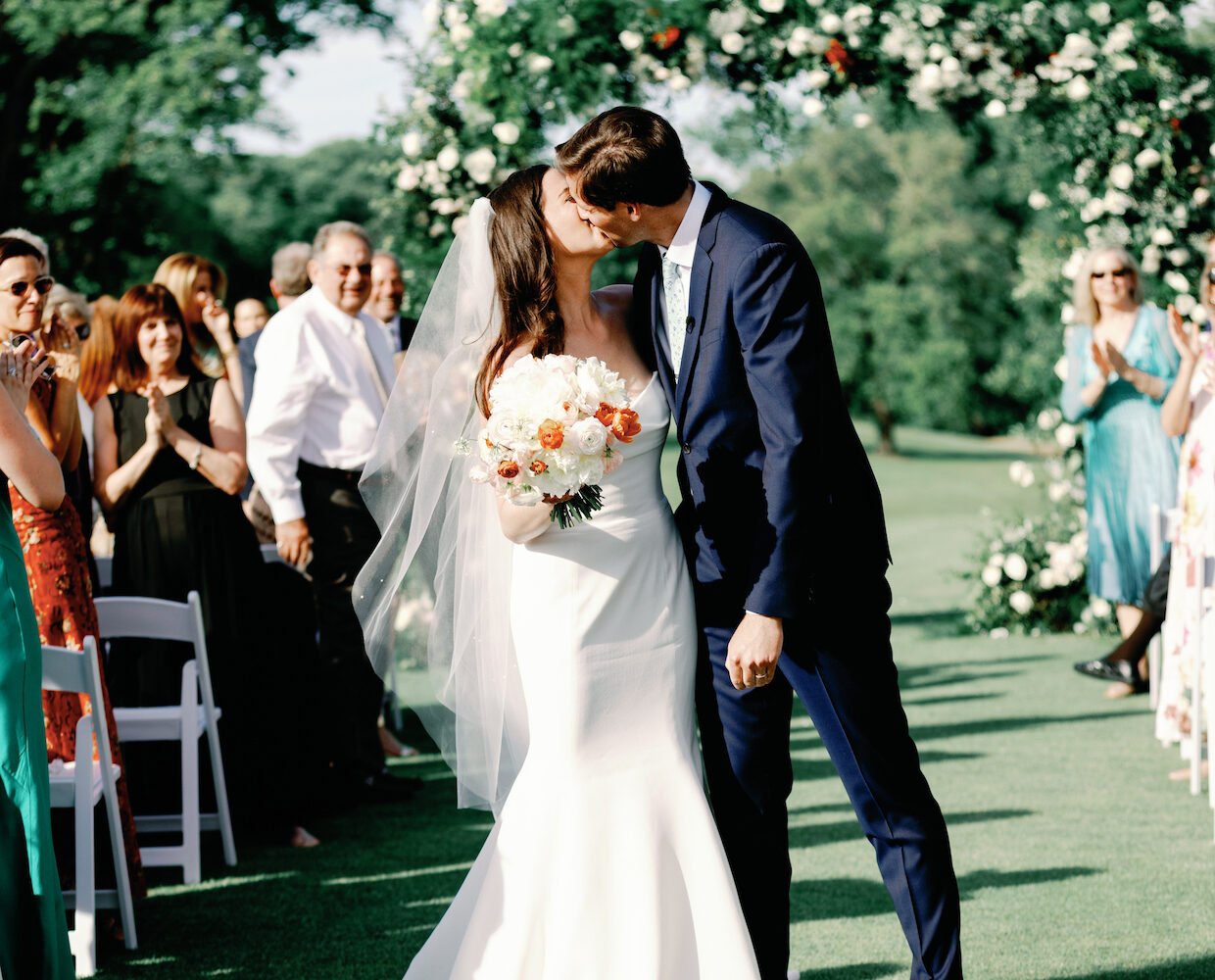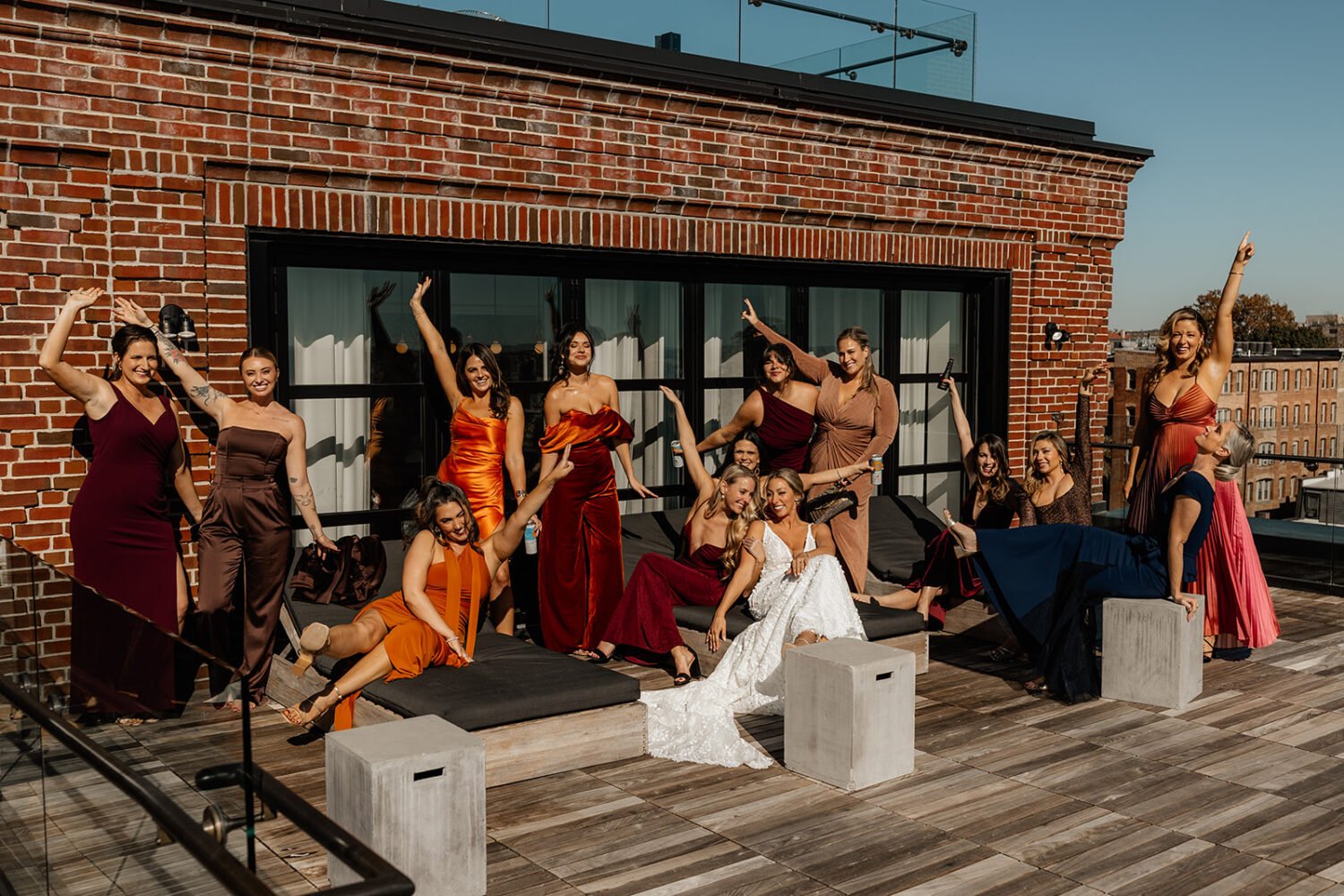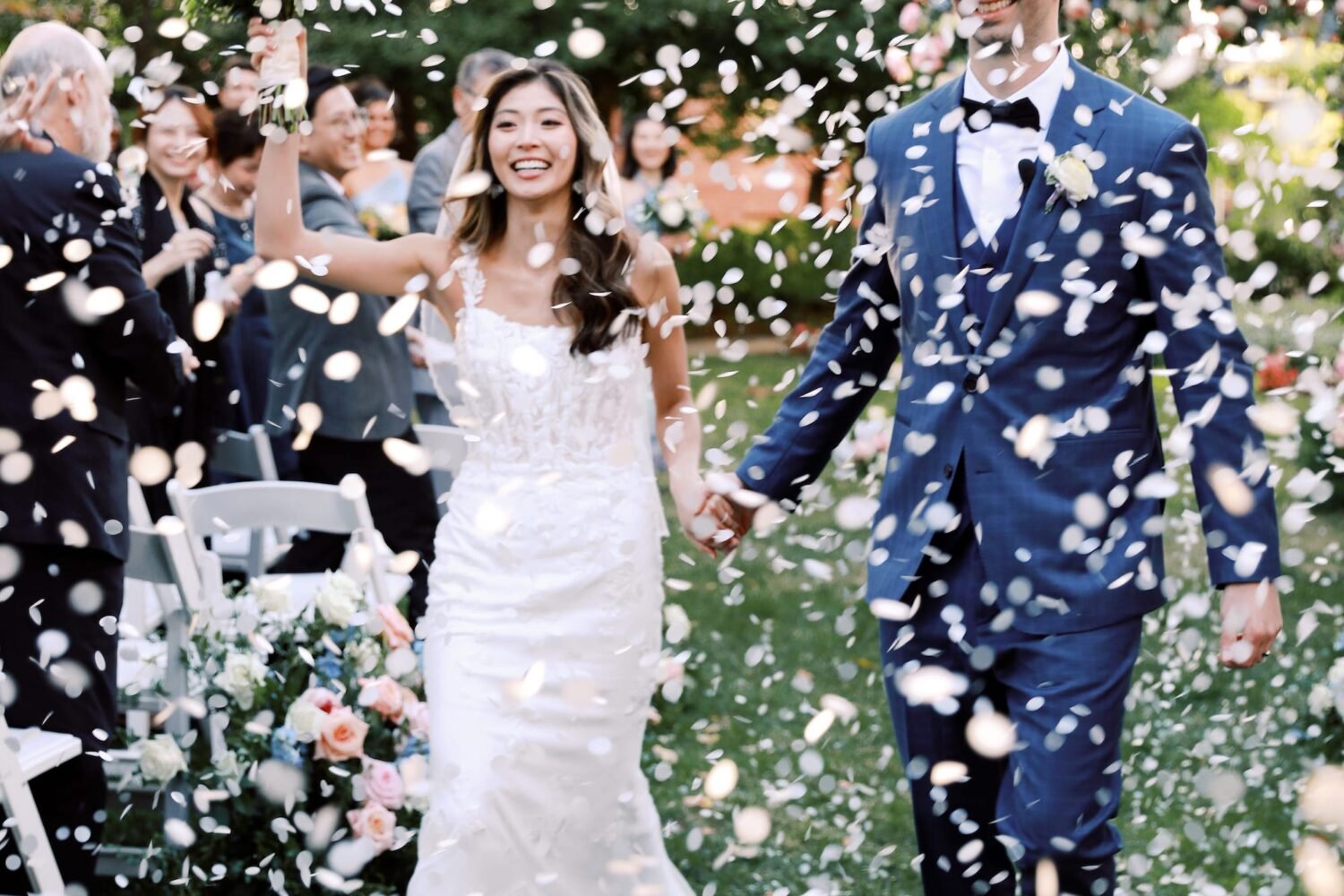Blame a thousand peony-filled Pinterest boards and the trend toward wild, garden-style bridal arrangements: outfitting a wedding with beautiful blooms is not an inexpensive endeavor. Factor in seasonality, shipping costs, and durability, and totals can wind up far higher than what a couple is prepared to pay.
“Each couple has to make personal choices about their flower budget, and where they’ll save and splurge,” says Holly Heider Chapple, a Lucketts, Virginia-based floral designer. Here’s how to navigate those decisions and still get the style you want.
Love Local, To a Point
“Local and seasonal flowers are always going to be the most beautiful, because they’re fresh and at their peak,” says DC-based flower and event designer Sidra Forman. But just because those zinnias were plucked in nearby Maryland doesn’t mean they’re a bargain. While flowers can be mass-produced in South America (and, to a lesser extent, California) most local growers are smaller-scale operations. As with organic food or DC-made craft beer, that quality can cost you.
If you’re seeking local blooms on a budget, be willing to give your florist a freer hand. “Show them photos of what you like, tell them the colors you want, but then be flexible,” says floral designer Sarah von Pollaro of DC-based Urban Petals Floral Design. “They might use a mass of carnations to imitate a more expensive dahlia, or use the hues you like but in less pricey or more available flowers.”
Timing, too, can be everything. “If you want peonies at your wedding, get married between early May and mid-June, when they’re in season, or they’ll be much more expensive,” says Chapple. Likewise, don’t plan to say “I do” with red roses on Valentine’s Day, when their price is hyper-elevated.
Another cost-trimming trick? “Use only a few types of flowers, like a mass of peonies, or a bunch of mums,” says Chapple. “It’s not as on-trend as the current multi-flower arrangements, but it can look lovely. You could even put just dahlias and ferns together for a really lush effect.”
Follow The Big Bang Theory
Use the largest chunk of your flower fund in ways that will make the biggest impact—and show up in the most photos. “Have fewer flowers at the ceremony site,” says von Pollaro. “Guests are excited to see the bride and the flowers she’s carrying. They don’t care about swag on the church door or decorations on the pews.”
So go all out for that bridal bouquet. Work in lush, fragrant garden roses, throwback sweet peas, and pretty peonies, then save on bridesmaid arrangements by subbing in smaller, ordinary roses and adding more greenery.
Another place to focus: the reception, since guests typically spend more time there than at the ceremony. Forman recommends showy centerpieces and outsize arrangements for spots where people are guaranteed to notice them, such as beside the cake or at the head table. And pay attention to your venue—filling an especially ornate space with too many flowers could feel more Victorian funeral than modern celebration. Also, if your wedding is in a garden, then “it’s probably already naturally beautiful,” says von Pollaro.
Pick a Strong Supporting Cast
Less costly than flowers, foliage, fruit, and greenery can be used to make bigger, showier arrangements. Forman uses blackberry and pomegranate branches in cooler months, and von Pollaro loves myrtle and dusty miller. “Floral arrangements can be like making a good salad,” von Pollaro says. “You want a couple different types of greens plus things that add color.”
Not all blooms need to come from the florist or wholesaler. For a personal touch, “Pillage your parents’ gardens, then hand over the goods to your florist to augment what they’re using,” says Barbara Von Elm of Delaplane, Virginia-based Growing Wild Floral Company. “Just check with your designer first, because not everyone is open to that,” she adds.
It’s also acceptable to think outside the vase. “Consider using things besides flowers in centerpieces. Photos, books, cool suitcases—whatever feels like ‘you,’” says Von Elm. “It makes for tables that aren’t visually boring, and people will remember it.”
Ready to plan your wedding day florals? Start with our list of the area’s best florists!

